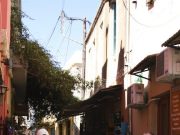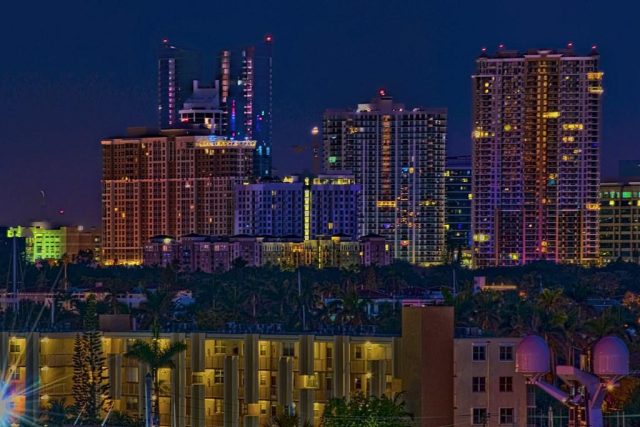In the bustling tapestry of African cities, where the vibrant rhythms of daily life pulse through the streets, public transport serves as the lifeline connecting millions of people to their destinations. From the iconic minibus taxis weaving through Johannesburg‘s urban sprawl to the intricate network of matatus that define Nairobi‘s commuter culture, each city offers a unique transit experience shaped by its history, geography, and innovation. Navigating these dynamic transport systems can be as thrilling as it is challenging, requiring a blend of local knowledge, patience, and a sense of adventure. This article delves into the heart of African urban mobility, exploring the diverse modes of public transport that crisscross the continent’s cities, the challenges they face, and the innovative solutions emerging to meet the demands of an ever-growing population. Whether you’re a first-time visitor or a seasoned local, understanding the intricacies of public transport in Africa is key to unlocking the true essence of its urban life.
Understanding the Urban Transit Landscape
Public transport systems in African cities are as diverse and dynamic as the cities themselves. These urban landscapes offer a tapestry of transit options that are continually evolving to meet the demands of burgeoning populations. From bustling metropolises like Lagos and Nairobi to emerging urban centers such as Kigali, each city presents unique challenges and opportunities for commuters. Understanding this complex network requires not only an appreciation for the existing infrastructure but also a keen awareness of cultural and economic influences that shape transit experiences.
Key elements of urban transit in African cities include:
- Minibuses and Shared Taxis: Often the backbone of public transport, these vehicles are ubiquitous, offering flexibility and reaching areas underserved by formal systems.
- BRT Systems: Rapidly gaining popularity, Bus Rapid Transit systems aim to provide efficient and affordable travel, reducing congestion and pollution.
- Rail Networks: Though limited, rail services are expanding, offering a reliable alternative for long-distance travel within and between cities.
- Informal Solutions: In areas where formal systems lag, innovative solutions like motorcycle taxis and ride-sharing apps fill the gaps.
As African cities continue to grow, the future of urban transit will likely hinge on sustainable innovations and the integration of technology to enhance accessibility and efficiency.
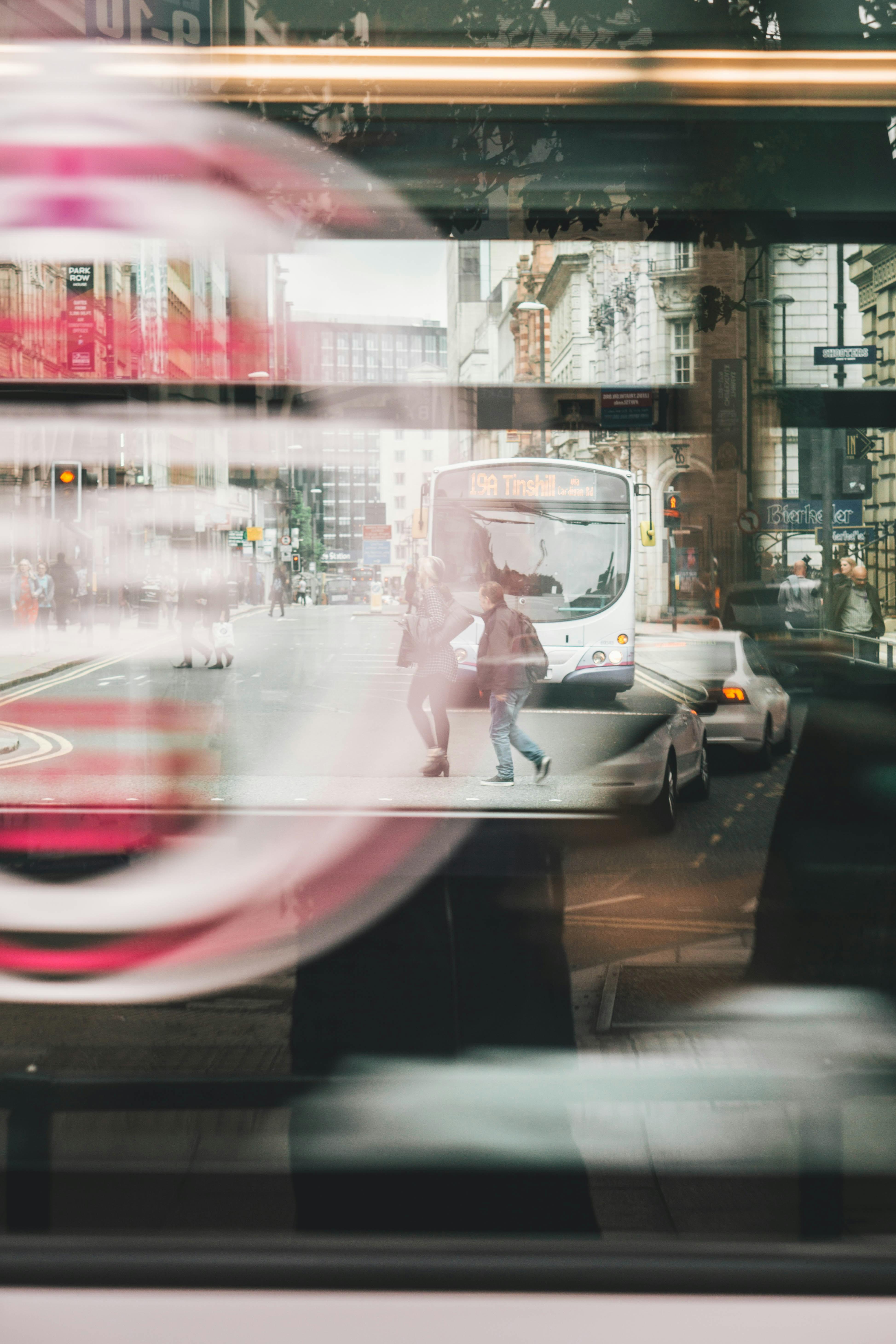
Essential Tips for a Smooth Commute
Embracing the vibrant pulse of public transport in African cities can be an adventure in itself. To ensure a seamless journey, it’s crucial to plan ahead. Many cities have informal transport systems such as minibuses and shared taxis, which operate on flexible schedules. Familiarize yourself with the main routes and peak travel times. Local apps and community boards can be invaluable resources for real-time updates and route planning.
- Stay Alert: Keep an eye on your belongings and be mindful of your surroundings.
- Cash Ready: Have small denominations on hand for fare payments as many services may not accept cards.
- Ask Locals: Engage with locals who often have insider tips on the best routes and times to travel.
- Dress Comfortably: The commute can be crowded, so wear breathable clothing and comfortable shoes.
Lastly, embrace the cultural tapestry that these journeys offer. From street vendors to impromptu buskers, public transport is not just about getting from point A to B, but about experiencing the heartbeat of the city. With a little preparation, your commute can become an enriching part of your daily routine.
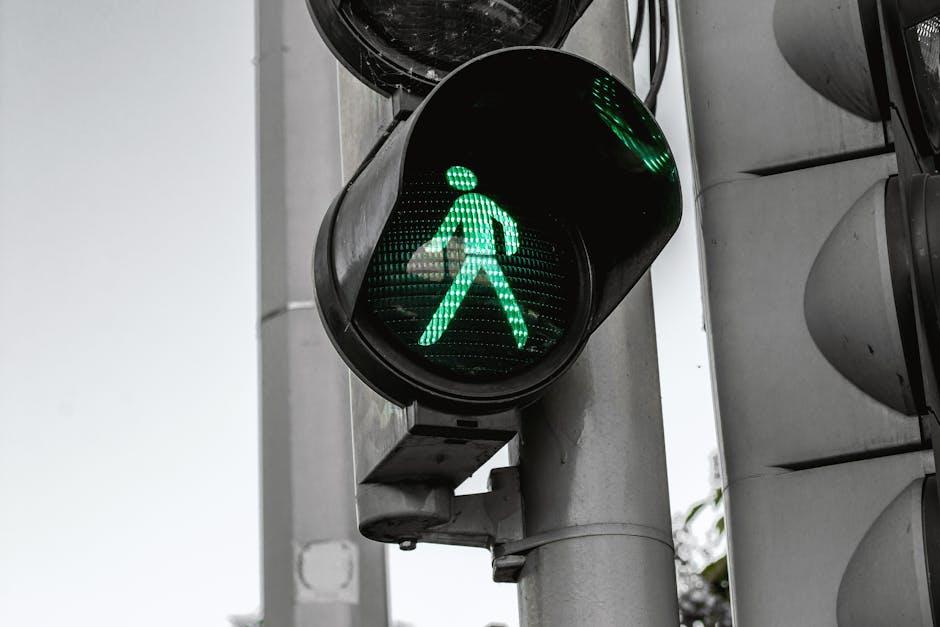
Safety and Etiquette in Shared Spaces
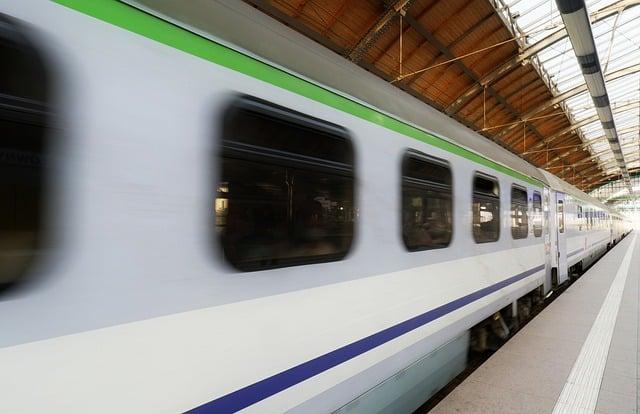
Harnessing Technology for Seamless Travel
In the bustling landscapes of African cities, technology is emerging as a vital companion for travelers seeking to navigate the intricate web of public transportation. By leveraging digital innovations, travelers can enjoy a more streamlined and efficient commuting experience. Mobile apps have become indispensable tools, offering real-time updates on bus and train schedules, enabling users to plan their journeys with precision. Digital payment systems have also transformed the way commuters pay for their rides, allowing for cashless transactions that are not only faster but also safer.
- Route optimization tools provide insights into the best paths to take, helping travelers avoid congested areas.
- Location-based services offer personalized travel recommendations, ensuring that users can explore cities with ease and confidence.
- Community-driven platforms allow passengers to share their experiences and tips, fostering a sense of camaraderie among urban explorers.
As African cities continue to grow and evolve, embracing these technological advancements will be key to ensuring that public transport remains accessible and efficient for all. By integrating these digital solutions, travelers can unlock a world of seamless mobility, transforming the way they experience urban life.
Future Outlook
As the sun sets over the bustling streets and the hum of the city begins to quiet, the intricate dance of public transport in African cities continues, a testament to the resilience and ingenuity that defines these vibrant urban landscapes. Navigating this dynamic environment requires not only an understanding of the routes and rhythms but also an appreciation for the cultural tapestry that threads through every journey. Whether you find yourself in the midst of a bustling market or aboard a creaking minibus, each trip offers a glimpse into the heart of the city and its people. As we conclude our exploration of public transport across this diverse continent, may you embark on your next journey with a spirit of curiosity and respect, embracing the unique challenges and joys that each city has to offer. it’s not just about reaching your destination—it’s about the stories you gather along the way. Safe travels.



















